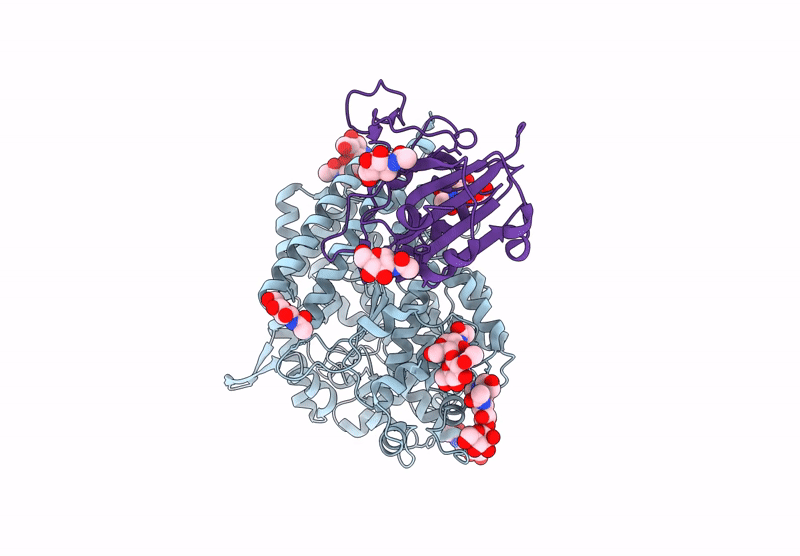
Deposition Date
2024-12-04
Release Date
2025-05-28
Last Version Date
2025-07-16
Entry Detail
PDB ID:
9ELE
Keywords:
Title:
Cryo-EM structure of SARS-CoV-2 Omicron KP.3.1.1 RBD in complex with human ACE2 (local refinement of RBD and hACE2)
Biological Source:
Source Organism:
Homo sapiens (Taxon ID: 9606)
Severe acute respiratory syndrome coronavirus 2 (Taxon ID: 2697049)
Severe acute respiratory syndrome coronavirus 2 (Taxon ID: 2697049)
Host Organism:
Method Details:
Experimental Method:
Resolution:
3.16 Å
Aggregation State:
PARTICLE
Reconstruction Method:
SINGLE PARTICLE


